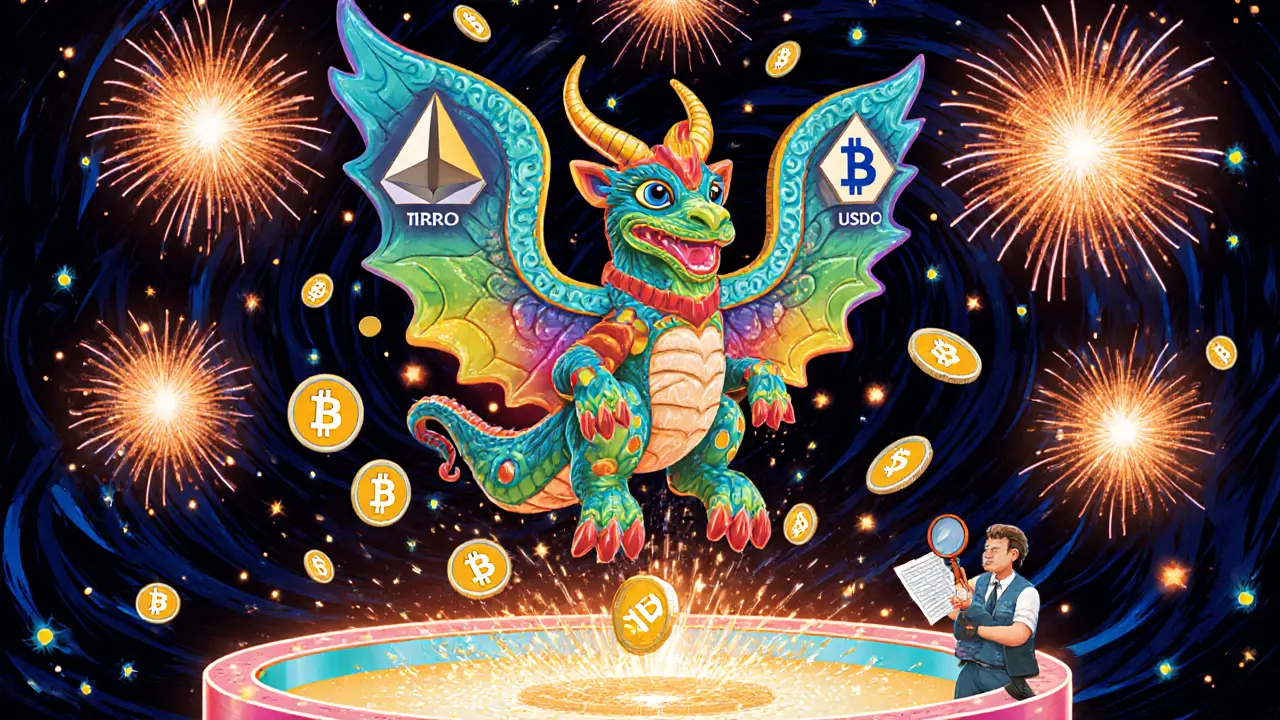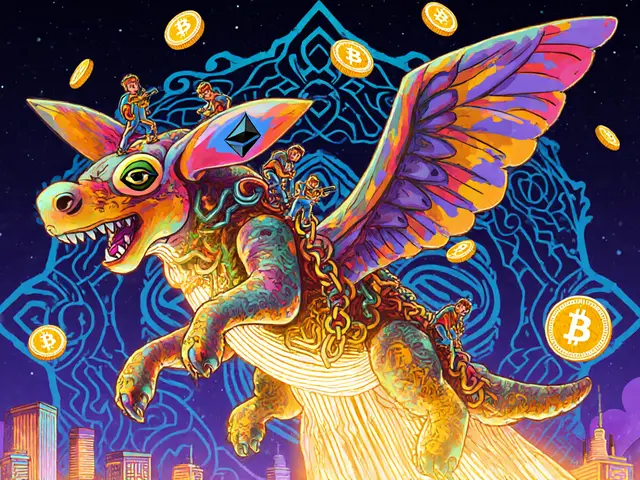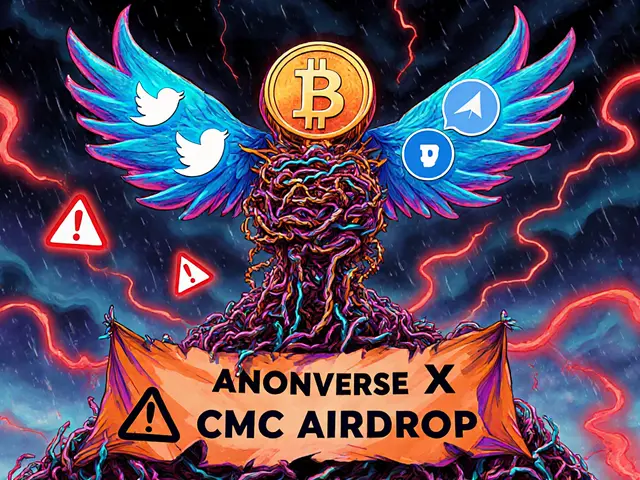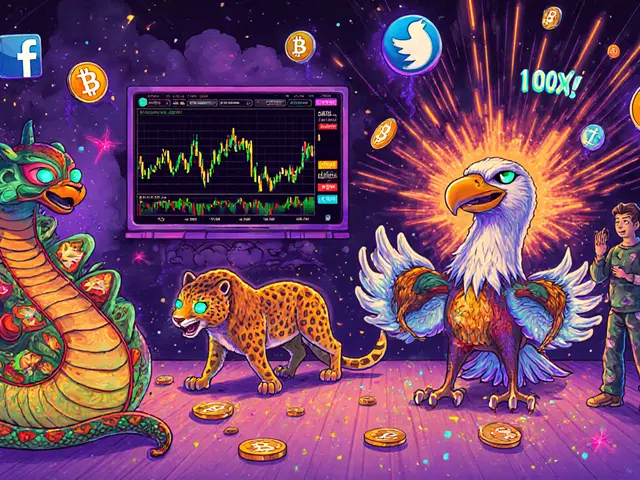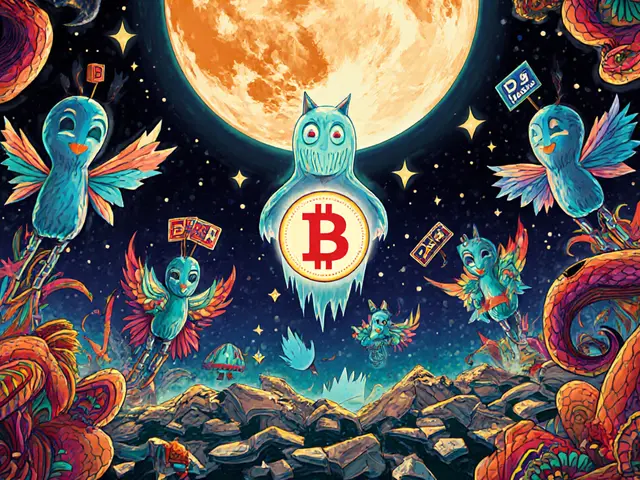Uniswap Tax: What You Really Pay When Swapping Crypto
When you swap tokens on Uniswap, a decentralized exchange built on Ethereum that lets you trade crypto without a middleman. Also known as a DEX, it’s one of the most used platforms for trading Ethereum-based tokens—but what people call the "Uniswap tax" isn’t a tax at all. It’s the hidden cost of using a blockchain that charges for every action. You’re not paying the government. You’re paying the network—specifically, the miners or validators who process your trade. That’s the gas fee, the cost to execute a transaction on Ethereum. Also known as network fee, it’s what makes your swap happen, and it can swing from a few cents to over $50 depending on how busy the network is.
Then there’s slippage, the difference between the price you see when you click swap and the price you actually get. Also known as price impact, it happens when a trade is large relative to the available liquidity in a token pair. If you’re swapping a small amount of a popular coin like USDC, slippage might be 0.1%. But if you’re moving a large amount of a lesser-known token, you could lose 5% or more before the trade even confirms. This isn’t a fee you pay to Uniswap—it’s just how the market reacts when big orders hit thin pools. On top of that, some tokens add their own transfer tax, a fee built into the token’s smart contract that takes a percentage of every trade. Also known as token tax, it’s used by some projects to fund development or reward holders—but it can also be a red flag for scams. If a token takes 10% every time you buy or sell, you’re not trading—you’re funding someone else’s plan.
Uniswap itself doesn’t charge you a fee for using the platform. The 0.3% fee you hear about goes directly to liquidity providers, not Uniswap. But if you’re swapping tokens that charge transfer taxes, or if you’re trading during peak Ethereum congestion, your total cost can easily hit 5-10% of your trade value. That’s not a tax—it’s the price of decentralization. And if you’re not tracking it, you’re losing money without knowing why.
What you’ll find below are real-world breakdowns of what happens when you trade on Uniswap and similar DEXs. You’ll see how gas fees change during market spikes, which tokens have hidden taxes that eat into your profits, and how to avoid getting burned by slippage on low-liquidity pairs. These aren’t theoretical guides—they’re based on actual trades, wallet histories, and failed swaps that cost people hundreds of dollars. If you’ve ever wondered why your trade didn’t go as planned, or why your profits vanished before you even cashed out, the answers are here.
